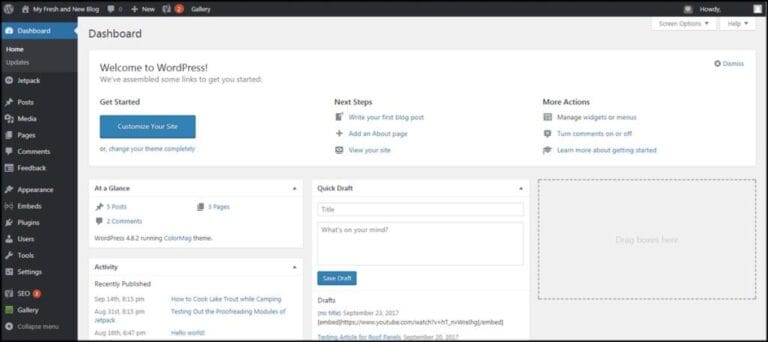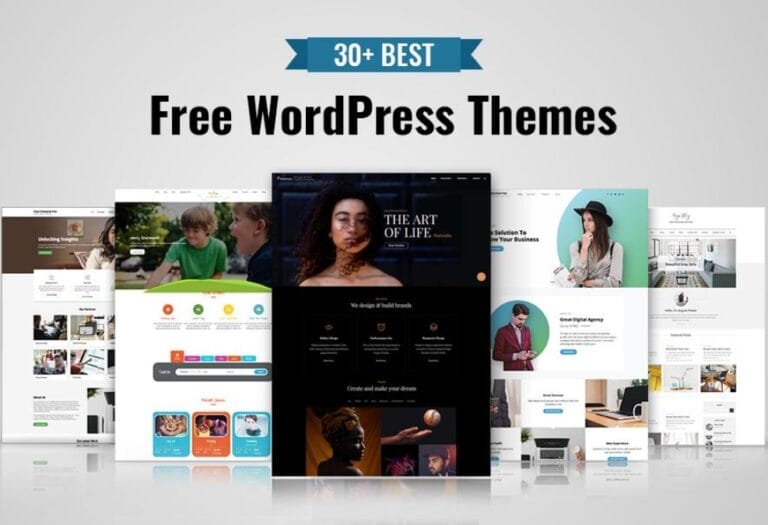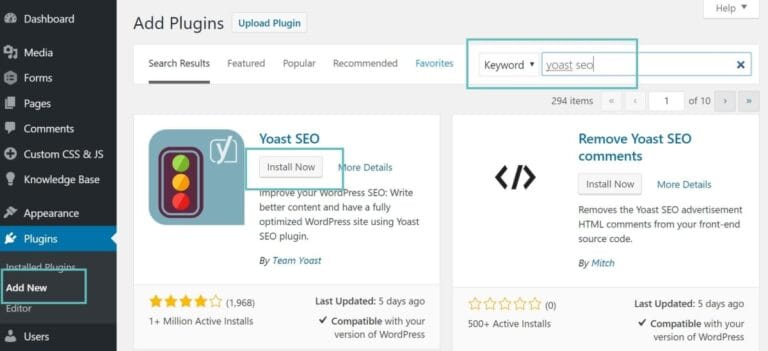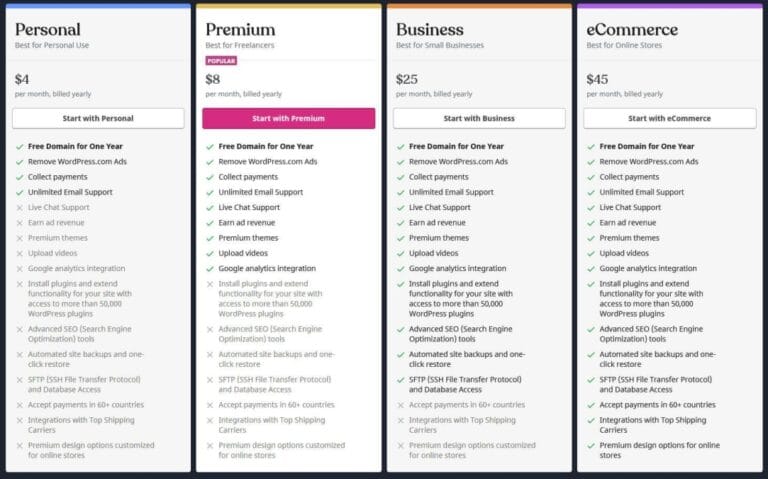In the fast-evolving digital landscape, where consumer preferences shift with a click and attention spans dwindle by the second, a compelling eCommerce website is no longer just an option—it’s a necessity.As we step into 2025, the role of exceptional design in online retail has never been more critical.An effective eCommerce platform must be visually striking, effortlessly navigable, and optimized for both user experience and conversion rates. This article delves into the crème de la crème of eCommerce website design companies, showcasing those that stand at the forefront of innovation and creativity. Whether you’re a budding entrepreneur looking to launch your first online store or an established brand seeking a digital makeover, our curated list will guide you to the experts who can transform your vision into a stunning reality, blending aesthetics with functionality in the ever-competitive market of online shopping.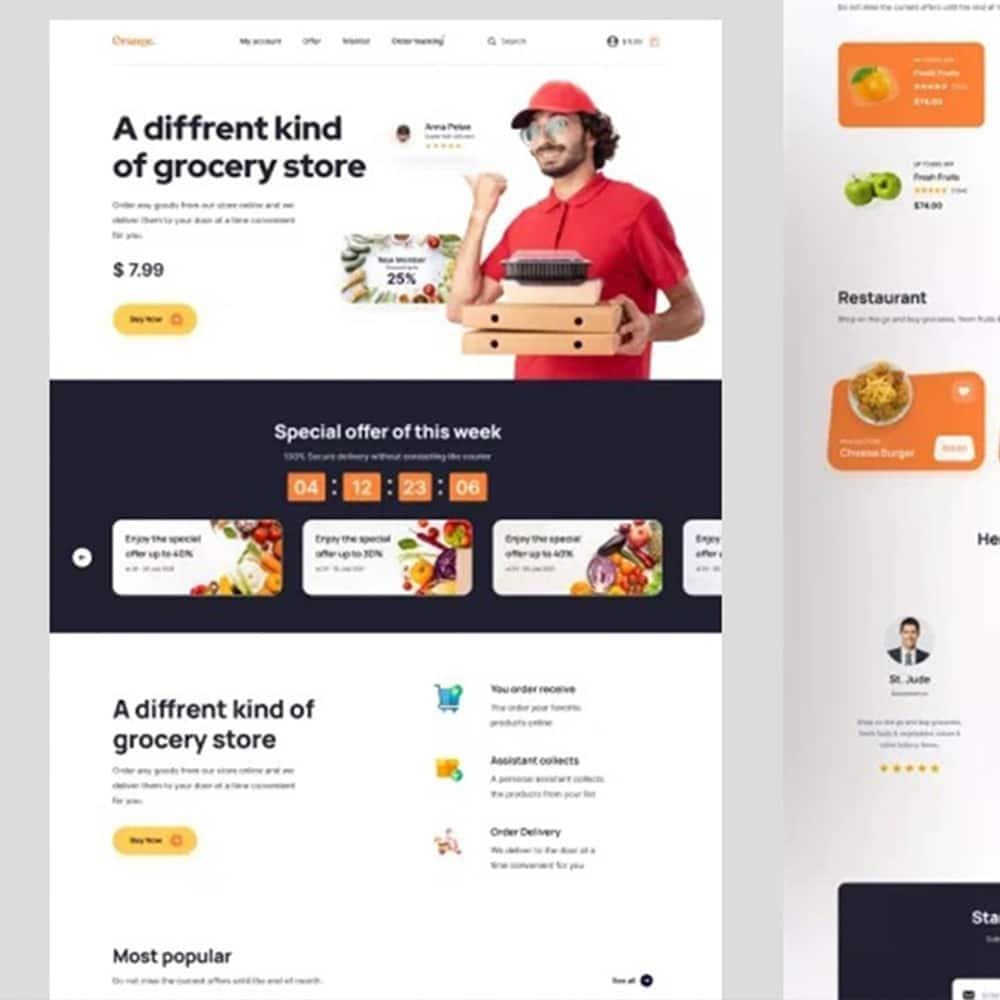
Table of Contents
- Innovative Trends Shaping Ecommerce Web Design in 2025
- Key Features to Consider When Choosing an Ecommerce Design Partner
- Spotlight on Emerging Players in the Ecommerce Design Landscape
- Case Studies of Successful Ecommerce Website Transformations
- Evaluating Cost-Effectiveness and ROI in Ecommerce Design Services
- Q&A
- Key Takeaways
Innovative Trends Shaping Ecommerce Web Design in 2025
The world of ecommerce web design is evolving at an unprecedented pace, driven by technological advancements and changing consumer behaviors. By 2025, immersive experiences will dominate the landscape, with designers leveraging augmented reality (AR) and virtual reality (VR) to create engaging product displays. Shoppers will be able to interact with products as if they were in a physical store, enhancing the decision-making process. The integration of these technologies allows for a more personal shopping experience that transcends customary browsing.
In addition to immersive experiences,AI-driven personalization will become a staple in ecommerce web design.Websites will utilize refined algorithms to analyze user behavior and preferences,tailoring content and product recommendations in real-time. This level of customization not only increases user engagement but also boosts conversion rates significantly. Designers will need to create layouts that seamlessly incorporate these AI features, enhancing navigation and ensuring a smooth shopping experience.
Lastly, the design aesthetics of ecommerce sites will reflect a more lasting and ethical approach. With a growing emphasis on sustainability, brands will seek to convey their values through minimalist designs that utilize eco-pleasant colors and materials. This trend will see an increase in the use of fluid layouts and responsive designs that work elegantly across devices, ensuring that users feel cozy and engaged nonetheless of where they shop. The combination of simplicity and ethical design will not only attract a conscientious customer base but also build brand loyalty.
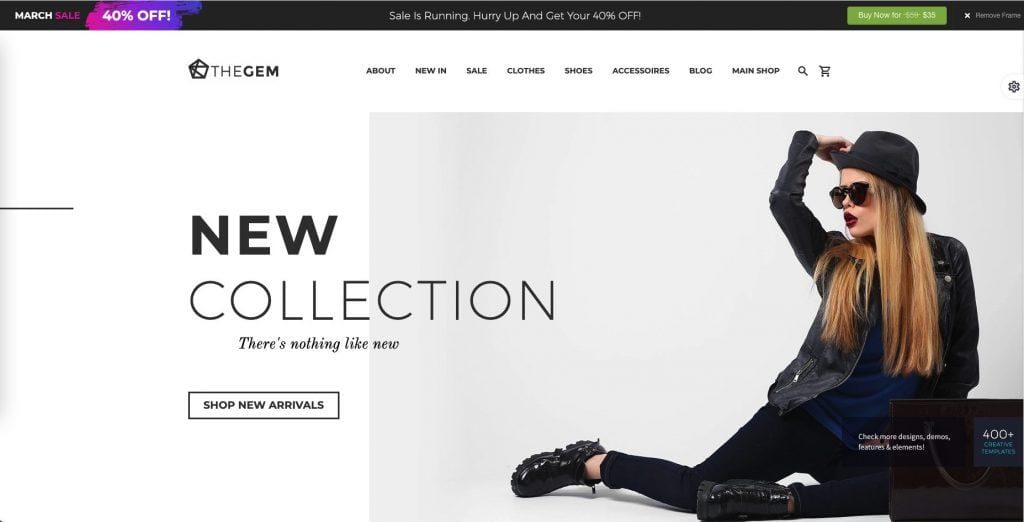
Key Features to Consider When Choosing an Ecommerce Design Partner
When selecting the right ecommerce design partner, it’s essential to assess their portfolio and experience. Look for companies that have successfully completed projects in your industry, as familiarity with your niche can lead to more tailored solutions. A diverse portfolio showcasing a variety of design styles indicates that the agency is versatile and able to adapt to different business needs and consumer behaviors. Consider their case studies to evaluate how they’ve addressed client challenges and driven measurable results.
User experience (UX) should be at the forefront of your decision-making process. The design partner you choose must prioritize intuitive navigation, mobile responsiveness, and loading speed. A well-optimized site not only keeps visitors engaged but also influences conversion rates significantly. Ensure that the agency employs a user-centered design approach and is willing to conduct usability testing to enhance the customer journey. Features to probe may include:
- Customization options
- Integration capabilities with existing platforms
- Accessibility standards compliance
It’s also crucial to evaluate the support and maintenance services offered by your potential partner. Ecommerce sites often face downtime, updates, or changes that require immediate attention. A reliable partner will provide not just a well-designed website but ongoing support to ensure smooth operation. Inquire about their response times, what services are included post-launch, and the nature of their maintenance packages. Below is a simple comparison table for reference:
| Feature | Agency A | Agency B | Agency C |
|---|---|---|---|
| Portfolio Variety | High | Medium | High |
| User-Centered Design | Yes | Yes | No |
| Ongoing Support | 24/7 | Business Hours | Limited |

Spotlight on Emerging Players in the Ecommerce Design Landscape
As the ecommerce landscape evolves, a new wave of design firms is rising to prominence, bringing innovative ideas and fresh perspectives. These emerging players are not only redefining aesthetics but also enhancing user experience to ensure seamless navigation and engagement. Their understanding of consumer behavior and current market trends allows them to create tailored solutions that resonate with specific target audiences.
Among these standout companies,several have made notable strides by focusing on various aspects of design and functionality. Their unique approaches include:
- Mobile-First Design: Prioritizing mobile experiences to cater to the growing number of users shopping on their devices.
- Sustainable Practices: Incorporating eco-friendly design solutions that reflect a commitment to sustainability.
- AI Integration: Utilizing AI tools to customize user experiences and streamline operations for ecommerce businesses.
| Company Name | Specialization | Location |
|---|---|---|
| DesignGuru | UX/UI Design | San Francisco, CA |
| EcoCommerce Solutions | Sustainable Ecommerce | Portland, OR |
| SmartCart Designs | AI-Driven Development | New York, NY |
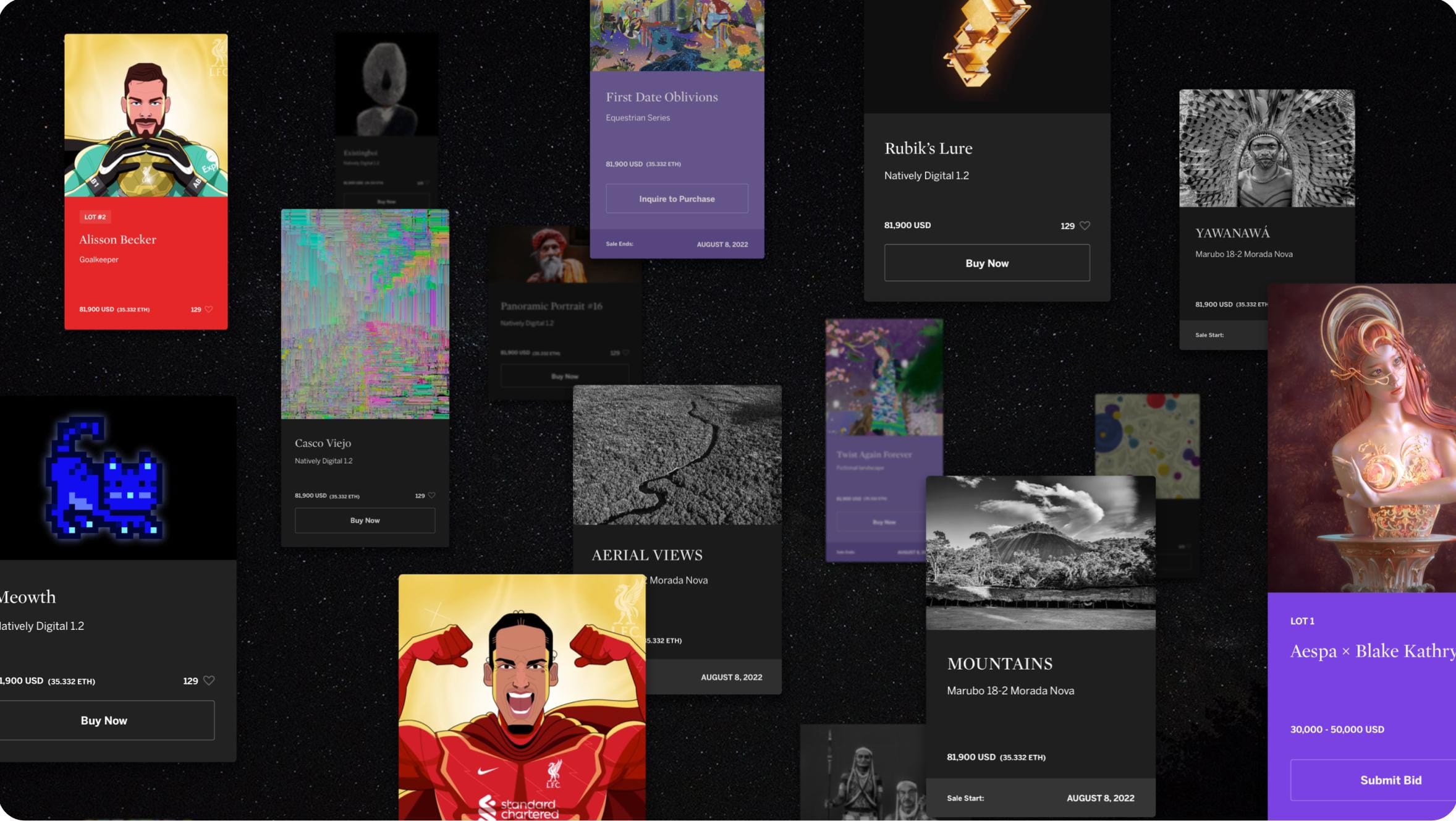
Case Studies of Successful Ecommerce Website Transformations
In a dramatic overhaul, *Ecommerce Emporium* transformed its outdated interface into a sleek, user-friendly platform. By implementing a mobile-first design, they significantly enhanced user engagement and retention. Their focus on better product categorization and streamlined checkout processes reduced cart abandonment rates by over 25%. Key strategies included:
- Intuitive Navigation: Simplified menus and smart search functionalities made it easy for users to find products.
- Visual Storytelling: High-quality images and engaging videos showcase products and enhance the shopping experience.
- Personalization: Implementing AI-driven recommendations improved the customer journey,guiding shoppers toward their interests.
Another inspiring example comes from *Fashion Forward*, which revamped its digital presence to cater specifically to Gen Z shoppers. The site employed vibrant colors and dynamic layouts, reflecting current trends. By utilizing social proof through influencer collaborations and user-generated content, they were able to build trust and attract a younger demographic. The results were compelling, featuring:
- Interactive Features: Live chats and augmented reality tools allowed users to visualize how clothes would look on them.
- Sustainability Focus: Highlighting eco-friendly practices resonated well with conscious consumers.
- Omnichannel Strategy: Integrated online and offline marketing efforts created a seamless shopping experience.
*Tech Haven*, a gadget retailer, undertook a comprehensive site conversion aimed at improving load speeds and mobile compatibility. Thanks to the implementation of modular design principles and advanced caching techniques, page loading times improved by 50%. The well-executed changes included:
- SEO Optimization: Enhancements in on-page SEO led to increased organic traffic and better visibility.
- User-Centric Design: Feedback-driven adjustments ensured the site met the expectations of its target audience.
- Analytics Integration: Utilizing data to track user behavior allowed for continuous improvements based on real-time insights.
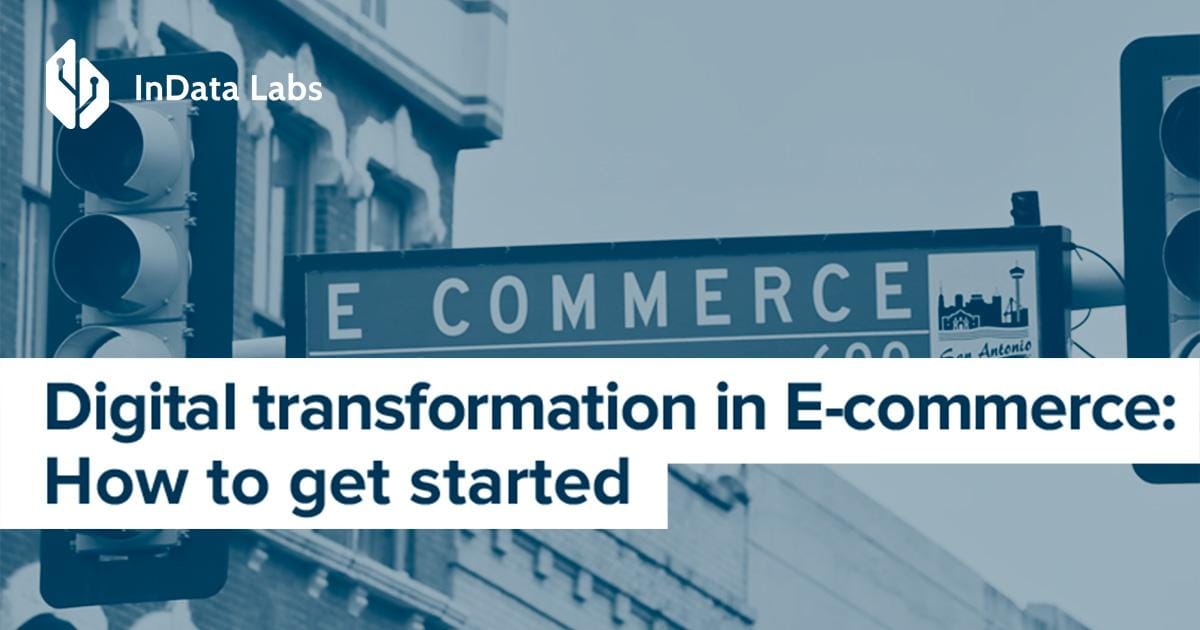
Evaluating Cost-Effectiveness and ROI in Ecommerce Design Services
In the rapidly evolving world of ecommerce, understanding the cost-effectiveness and return on investment (ROI) of design services is crucial for businesses aiming to create a compelling online presence.When evaluating potential design partners, it’s important to look beyond upfront costs and consider how design quality influences long-term sales and customer retention. A well-designed ecommerce website can enhance user experience, boost conversion rates, and foster brand loyalty, ultimately providing a significant ROI.
Key factors to assess in this evaluation include:
- Design Quality: High-quality visuals and user experience design can increase customer engagement and satisfaction.
- Mobile Optimization: With a growing number of consumers shopping via mobile devices, responsive designs can capture a wider audience.
- SEO Integration: Effective ecommerce design incorporates SEO best practices, leading to better visibility and organic traffic.
To visualize the potential ROI, consider reviewing a comparison of initial investment versus projected returns from various design services. The following table summarizes key metrics:
| Design Service | Initial Cost | Projected Annual Revenue Increase | Estimated ROI |
|---|---|---|---|
| Company A | $5,000 | $15,000 | 200% |
| Company B | $8,000 | $20,000 | 150% |
| Company C | $10,000 | $25,000 | 150% |
The insights gained from evaluating these factors and metrics will guide businesses in making informed decisions. By aligning ecommerce design choices with strategic goals, companies can maximize their returns and secure a competitive edge in the digital marketplace.

Q&A
Q&A: Top Ecommerce Website Design Companies of 2025
Q: What are the key factors that define the best ecommerce website design companies in 2025?
A: The top ecommerce website design companies of 2025 are distinguished by several factors including innovative design aesthetics, user-friendly navigation, mobile responsiveness, and robust security features. Additionally, companies that prioritize SEO optimization and offer personalized client support tend to lead the pack. Emphasizing sustainability and accessibility in their designs is also becoming increasingly important.
Q: How has ecommerce website design evolved in recent years?
A: Ecommerce website design has come a long way from static pages to dynamic,interactive experiences. In 2025, companies utilize advanced technologies like AI for personalized shopping experiences, augmented reality for virtual try-ons, and seamless integrations with various payment gateways. This evolution reflects a growing emphasis on engaging customers with vibrant visuals and streamlined functionalities, transforming the online shopping landscape.
Q: Can you name a few standout companies in the 2025 ecommerce website design arena?
A: Certainly! Some of the standout companies include Studio Ghibli Designs, known for their whimsical aesthetics, Pixel Prophets, which excels in data-driven design strategies, and EcoCommerce Creatives that prioritize sustainability in their design processes. Each of these companies brings a unique flair and a deep understanding of the current market demands.
Q: What should a business consider when choosing an ecommerce website design company?
A: Businesses should evaluate a potential design partner on their portfolio, client testimonials, and the range of services offered. It’s essential to consider whether they have experience in your particular industry and if they stay abreast of design trends. Additionally,assessing their approach to customer support and post-launch services can be crucial for ongoing success.
Q: How critically important is mobile responsiveness in ecommerce design as of 2025?
A: Mobile responsiveness is more critical than ever in 2025, given the significant percentage of shoppers who browse and make purchases on their smartphones. A responsive design ensures that the user experience is consistent across devices, leading to higher engagement rates and conversion. Companies that fail to prioritize mobile optimization risk losing a large segment of their potential customers.Q: Are there any emerging trends in ecommerce website design that businesses should be aware of?
A: Definitely! Some emerging trends include the use of immersive technologies such as VR and AR for product showcases, the integration of voice commerce for convenience, and the increasing use of minimalist designs that focus on user experience. Additionally, more brands are implementing eco-friendly designs to resonate with environmentally-conscious consumers.
Q: How do these companies ensure that their designs are user-friendly?
A: Leading ecommerce design companies conduct thorough user research, employing A/B testing and usability studies to refine their designs. They also focus on employing intuitive navigation, clear calls to action, and fast loading times. By prioritizing the user experience in every stage of the design process, these companies create engaging and efficient shopping environments.
Q: What role does SEO play in ecommerce website design?
A: SEO is integral to ecommerce website design, as it helps businesses increase their visibility on search engines.In 2025,companies are embedding SEO strategies directly into the design phase by optimizing page speed,ensuring mobile-friendliness,and using alt text for images. A well-designed ecommerce site that adheres to SEO best practices can significantly enhance organic traffic and conversion rates.
Q: How do top companies address accessibility issues in ecommerce design?
A: The leading ecommerce design companies acknowledge the importance of making their sites accessible for all users. They follow WCAG (Web Content Accessibility Guidelines) to ensure that their designs can be navigated by individuals with disabilities. This includes features like text-to-speech capabilities, keyboard navigation, and colour contrast adjustments, reflecting a commitment to inclusivity in the digital shopping experience.
Q: What can businesses expect from the future of ecommerce website design?
A: The future of ecommerce website design promises even more innovations, fueled by advancements in technology and changing consumer behaviors. Expect to see a rise in personalized experiences driven by AI, increased adoption of sustainability practices, and a greater emphasis on community-building features. As technology continues to evolve, so too will the strategies employed by top ecommerce design companies to meet the needs of their clients and users alike.
Key Takeaways
As we close the curtain on our exploration of the top eCommerce website design companies of 2025, it’s clear that innovation and creativity are at the forefront of this dynamic landscape. These companies have not only mastered the art of design but have also seamlessly integrated technology to enhance user experience and drive business success. As online shopping continues to evolve, the role of skilled designers and developers becomes ever more crucial in shaping how consumers engage with brands.
Whether you’re a budding entrepreneur seeking to establish your virtual storefront or a seasoned retailer looking to reinvigorate your online presence, the insights gained from this article can serve as a valuable guide. The future is bright for those who choose wisely, as the right design partner can transform not just your website, but your entire eCommerce strategy.
Thank you for joining us on this journey through the best in eCommerce website design. As you embark on your own design adventures, remember that the perfect blend of functionality, aesthetics, and user-centric innovation awaits just around the corner. Happy designing!

